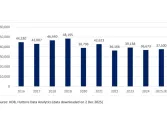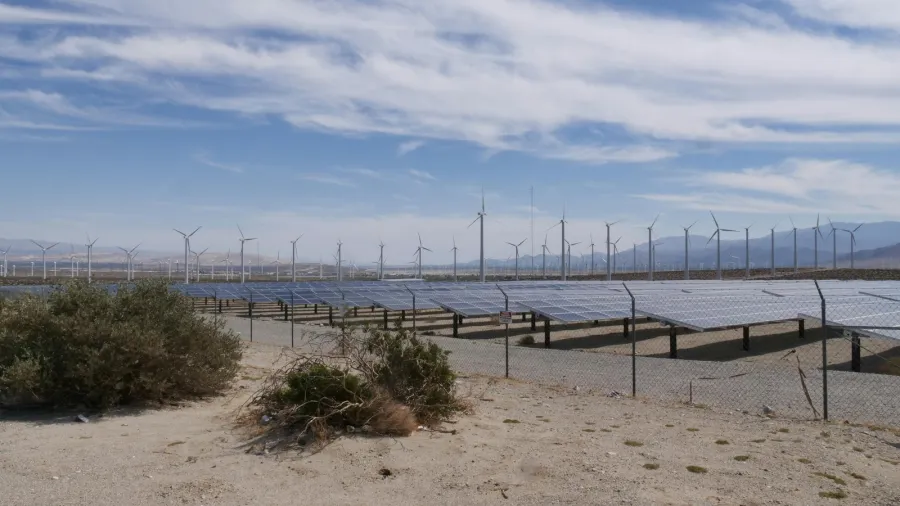
Indonesia’s renewable energy capacity to reach 38.1 GW in 2035
Solar and onshore wind will lead the clean power capacity expansion.
Indonesia’s total renewable power capacity is projected to reach 38.1 gigawatts (GW) by 2035, according to GlobalData.
In its new analysis, GlobalData said this projection is higher than the 8.4 GW in 2024, reflecting a compound annual growth rate of 14.7% from 2024 to 2035.
“Solar PV and onshore wind will drive Indonesia’s renewable growth, supported by evolving policy and investment frameworks under the National Energy Policy (KEN), RUPTL 2025–2034, and Presidential Regulation 112/2022,” GlobalData said.
The country’s solar capacity is forecast to surge from 0.9 GW in 2024 to 23.2 GW in 2035, driven by the expansion of floating and utility-scale projects and rooftop solar programmes supported by feed-in mechanisms and updated net-metering regulations.
Onshore wind is also expected to rise from 0.15 GW to 2.6 GW by 2035, underpinned by competitive tenders and hybrid renewable developments in Sulawesi and East Nusa Tenggara.
Meanwhile, geothermal power will expand steadily from 2.6 GW to 5.5 GW, leveraging Indonesia’s vast geothermal potential and strong fiscal support through the PT SMI Geothermal Fund.
“With solar PV and wind onshore leading growth, supported by geothermal development and grid modernisation, the country is progressively building a more diversified and secure energy mix through 2035 and beyond,” said Mohammed Ziauddin, power analyst at GlobalData.
Despite strong growth in renewables, Indonesia is expected to remain heavily reliant on thermal sources through 2035. This reflects the country’s abundant domestic coal reserves, affordability considerations, and the critical role of gas in maintaining grid stability and meeting rising electricity demand.
Coal-fired capacity is expected to rise from 55.6 GW in 2024 to 61.4 GW in 2035, supported by existing contracts and state-owned infrastructure, whilst gas-fired capacity will increase from 29.1 GW to 36 GW to provide flexibility and backup for intermittent renewables.



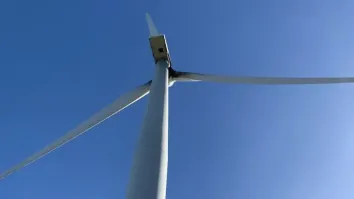
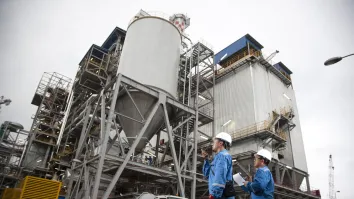
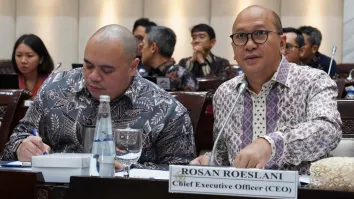



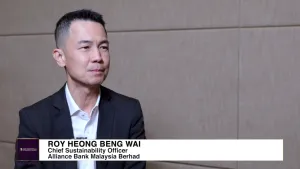







 Advertise
Advertise
